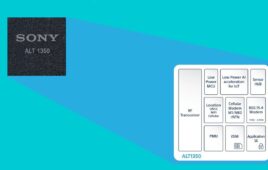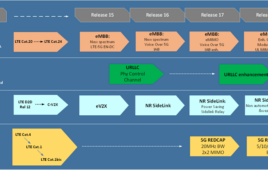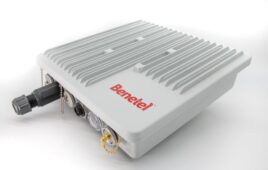It’s natural to wonder how Verizon Wireless’ network will hold up under the iPhone given the difficulties that AT&T had coping with the massive amount of data usage brought on by the device.
If there’s one thing in Verizon’s favor, it’s this: practice. The company currently sells more than a dozen Android smartphones, the Galaxy Tab, two personal hot spots and two netbooks – all while maintaining a wireless network that got high marks for reliability from Consumer Reports last month.
“They’ve seen what happened with AT&T,” says Phil Solis, research director of mobile networks at ABI Research. “They’ll probably do everything in their power to make sure their network is ready for that.”
Solis expects Verizon’s network to hold up better than AT&T’s under the added pressure of the iPhone, which tends to generate more mobile data traffic than other smartphones. His opinion is echoed by William Ho at Current Analysis, who says that Verizon had “years to learn the lessons of AT&T’s experience with the iPhone.”
“Especially with LTE, they have spent assets on the cell site backhaul and core infrastructure to prepare themselves for this and other data hungry devices,” Ho says.
Verizon has staked its reputation on the quality of its network, which will be closely scrutinized when the iPhone comes on board. The traffic generated by devices like the Motorola Droid has given Verizon a chance to harden its network, Solis says.
In-Stat analyst Allen Nogee points out that AT&T’s 3G network operates mainly on the 1900 MHz PCS band, with 850 MHz deployments in some markets, while Verizon uses the 800 MHz band in most areas and typically uses its 1900 MHz for EV-DO data traffic. Nogee says the superior propagation characteristics of the lower frequency band could give Verizon’s 3G network a slight advantage over AT&T’s.
“All else being equal, a lower frequency means much better in-building penetration,” Nogee says. “This in and of itself doesn’t provide any additional capacity, but it does allow Verizon to worry more about capacity and less about coverage. AT&T has to worry more about both.”
Verizon also will be able to leverage its LTE network to shift data traffic off its 3G network once compatible devices begin to hit stores in March. The company already sells two USB modems for its LTE network and unveiled 10 new devices for the network at the Consumer Electronics Show last week.




